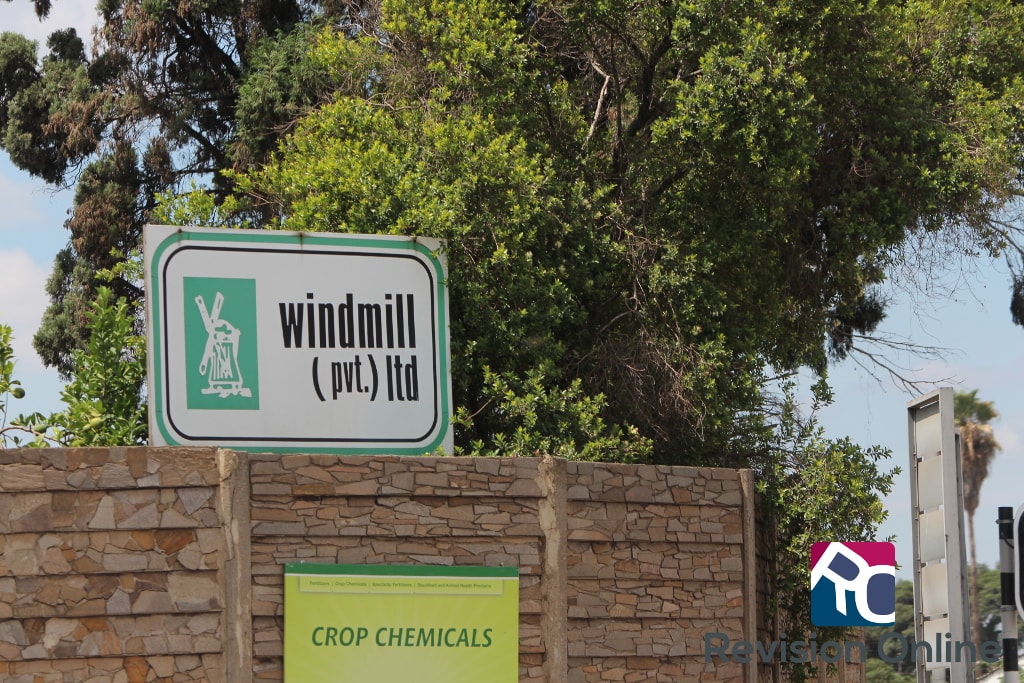ZIMSEC O Level Combined Science Notes: The Haber process and the Manufacture of Ammonia
- Sable Chemicals produces ammonia at their Kwekwe plant
- Ammonia is mainly used to make nitrogen fertilizers such as ammonium nitrate which are used in the agriculture industry
- Ammonia is made using Hydrogen and Nitrogen
- Hydrogen is obtained from electrolysis of water and
- Nitrogen is obtained from the liquification of air
- The Sable Chemicals plant is located close to these raw materials
- It is close to the company’s own electrolysis and liquification plant
- ZISCO which is close to the company also gets its oxygen from Sable Chemicals
The Haber Process

The haber process
- Ammonia is produced using the Haber Process
- At the plant hydrogen and nitrogen are mixed in the ration 3:1 by volume
- The gas pressure is raised to 200 atm (atmospheres)
- The temperature is also raised to 500°C
- The mixture is then passed over an iron catalyst
- About 17% of it is then converted to ammonia
- The ammonia produced here is then separated by condensation in a cooler
- The unconverted gases are mixed with more nitrogen and oxygen and passed over the catalyst again
- This process can be shown using the following word equation:
- \text{nitrogen+hydrogen}\xrightleftharpoons[\text{iron catalyst}]{500 \degree C, 200atm}\text{ammonia+heat}
- The reaction between nitrogen and hydrogen is reversible and exothermic
- As much hydrogen and nitrogen must be converted to ammonia to make the process economic
- This is done by increasing the pressure of the mixture and moderating the temperature
- As ammonia is produced the pressure of the gases drops
- If pressure is increased more ammonia is produced
- A good yield is obtained at lower temperatures since this reaction is exothermic
- The temperature of the reaction is kept as low as possible (around 450°C)
- Reducing the temperature below this results in the reaction slowing down and becoming uneconomic
- To speed the reaction up at these low temperatures an iron catalyst is used
- The catalyst merely speeds up the rate of the reaction but not the amount of ammonia produced
- The catalyst itself is not used up in the reaction and is thus used over and over again
- The exothermic reaction produces heat in the converter which might reach temperatures of about 560°C
- This heat is used to heat up steam which is used in other parts of the factory
To access more topics go to the Combined Science Notes page.








